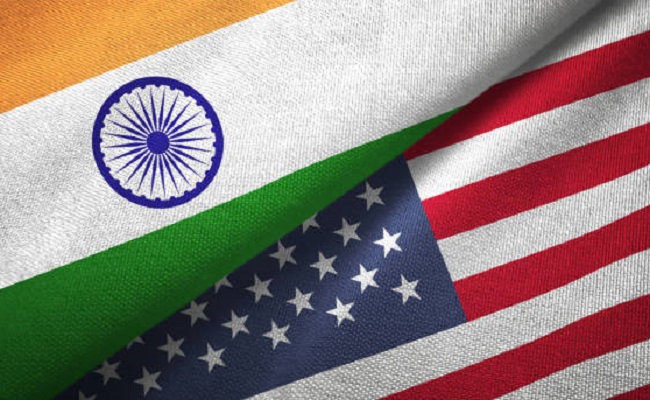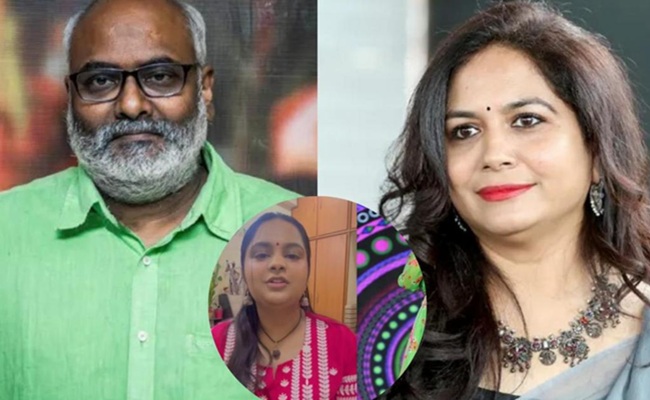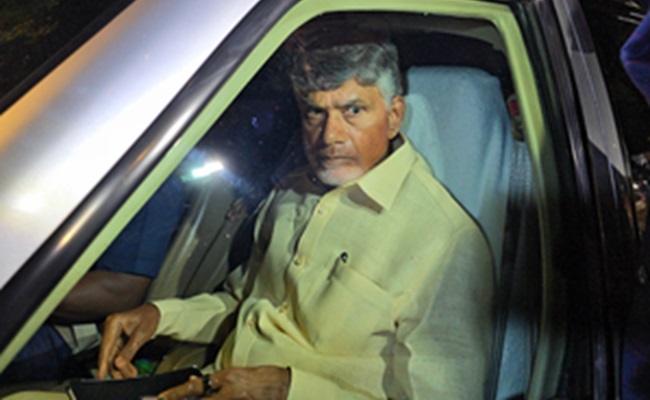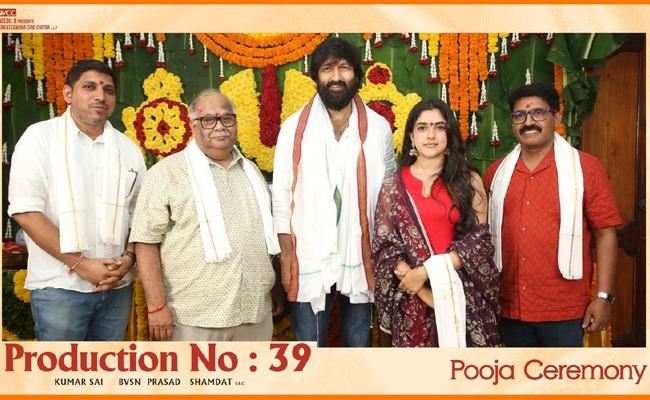
According to a recent report from the Census Bureau, Indian Americans have become the largest single Asian-alone group in the United States, surpassing Chinese Americans, who previously held that distinction.
However, when considering the total population, including those who identify as multiracial, Chinese Americans still constitute the largest portion of the Asian population in the country, numbering at 5.2 million.
The count of individuals who identified as "Indian-alone" – meaning they are 100% of Indian ethnicity – in the 2020 census reached nearly 4.4 million. This represents a remarkable 55% growth over the span of a decade, and experts note that the United States is already witnessing the effects of this demographic shift.
Karthick Ramakrishnan, the founder of the nonprofit organization AAPI Data, described this development as "momentous" and emphasized that it challenges outdated stereotypes about who is considered Asian in America.
He noted that many still associate East Asians with the quintessential Asian identity, while South Asians have been less recognized. However, demographic realities have shifted away from these stereotypes.
The rapid growth of the Indian American population can be traced back to the 1990s, coinciding with the tech boom and the initiation of the H1B visa program for high-skilled workers. Highly educated engineers and computer scientists from India, along with their families, began immigrating to the United States, and American tech companies expanded their presence in India. Proficiency in English, stemming from India's colonial history, played a significant role in attracting Indian talent.
Furthermore, the United States has become an appealing destination for South Asian students on F1 and J1 visas seeking opportunities in high-skill fields. While there is a growing population of U.S.-born Indian Americans, the majority of the community comprises immigrants.
Regarding H1B visa petitions, Indians account for nearly 75%, while Chinese nationals, the second-largest group, constitute only 12%. Many individuals progress from H1B visas to green card applications, despite significant delays in these processes.
This shift in the Asian-alone category was foreseen by sociologists, and it extends beyond Indian Americans. Other South Asian groups, such as Nepalese and Bangladeshis, have also experienced substantial growth in their populations.
With the 2024 presidential election approaching, political experts emphasize that this demographic transformation cannot be ignored. Strategies to engage with Indian Americans must be developed, as they are a politically active community with high levels of English proficiency.
Issues such as Hindu nationalism and caste oppression are gaining prominence in U.S. discourse, and Indian American figures, including presidential candidates like Vivek Ramaswamy and Nikki Haley, are receiving significant attention. The second generation, in particular, is becoming increasingly politically active.
Overall, this milestone in the Census calls for important conversations about the role of South Asians in the broader Asian American community and in American society as a whole.













